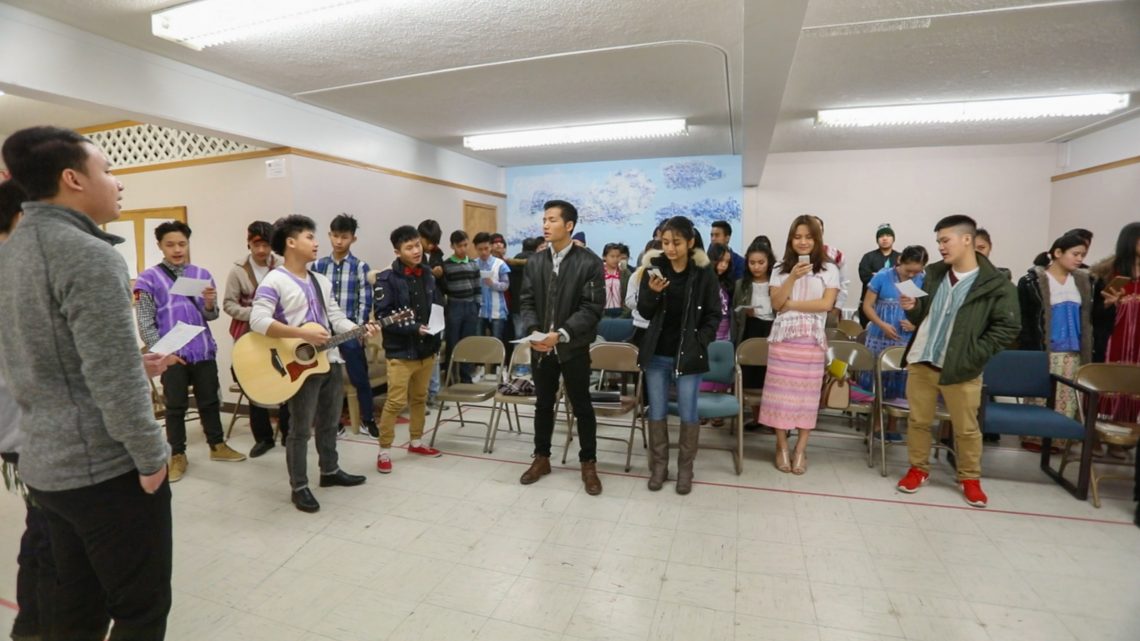In a quiet neighborhood in Saint Paul, Minnesota, an overcrowded parking lot is the first sign you’re in the right place. The second sign you’ve made it to your destination is the actual sign by the building that reads “Saint Paul Karen Seventh-day Adventist Church” in two languages.
There are actually three languages spoken inside, representing two different ethnic groups from Myanmar, formerly Burma. The vast majority are Karen (pronounced kah-REN), but a sizable group of Bamar have also joined. The two groups speak distinct languages—Karen and Burmese. English, mostly spoken by the youth, is the only common tongue in the building.
Over 98 percent of the members are refugees displaced by ongoing civil war, and some have spent 10 years or more in refugee camps around the world.
At the door, two greeters extend their hands and offer beaming smiles. Quickly, they summon a young deacon to translate. “Welcome. Happy Sabbath!” he says and then becomes the unofficial tour guide.
Down a flight of stairs and to the left—in the largest room—the youth meet. “The youth here range from eighth grade to college age,” he says. “But the best part is when they sing at the end.”
There are at least three more classrooms filled to the brim with children, all in different stages of arts and crafts or learning new songs, only stopping to smile for the camera.
“Before we acquired the building, we all met in the fellowship hall of another church,” a deacon explains. “This building allows us to keep the noise down.”
Although this building was acquired only recently, it is already overflowing with people. The Barma meet for Sabbath school in the fellowship hall, where the customary potluck meal will be enjoyed later.
Making a beautiful noise
Senior pastor See Nay, wearing a black suit, white shirt and red tie, offers more insights into the life of this church community he has served for seven years. “I think the unity in this church is the key thing that makes me happy to be here,” he says. “Everyone works together toward a shared goal. In Saint Paul there are many Burmese,” he continues, his smile wide. “That is a potential for spreading the gospel.”
Armed with this knowledge, the church has set an ambitious goal to plant three new churches in Minnesota by 2019. “We look forward to growing, and that is exciting,” says Pastor See Nay.
They are also launching 10 small groups in the coming months. See Nay states that 90 percent of the members attend every week. “When they miss, we assign small groups to visit them,” he says. “If a young person misses church, the youth group visits them and holds the worship service at that person’s house.” Unconventional? Maybe, but it forges relationships.
According to Pastor See Nay, part of the magic that keeps the youth active is the skills they possess. “I can’t imagine what [the apostle] Paul would do if he were alive today,” he chuckles. “How the youth use their social media to share the gospel—I am really proud of them.”
At that moment, the youth group starts singing. Three guitars and over 50 voices fill the air as the other classrooms dismiss and all three languages meld with the music from below. What a beautiful noise.









